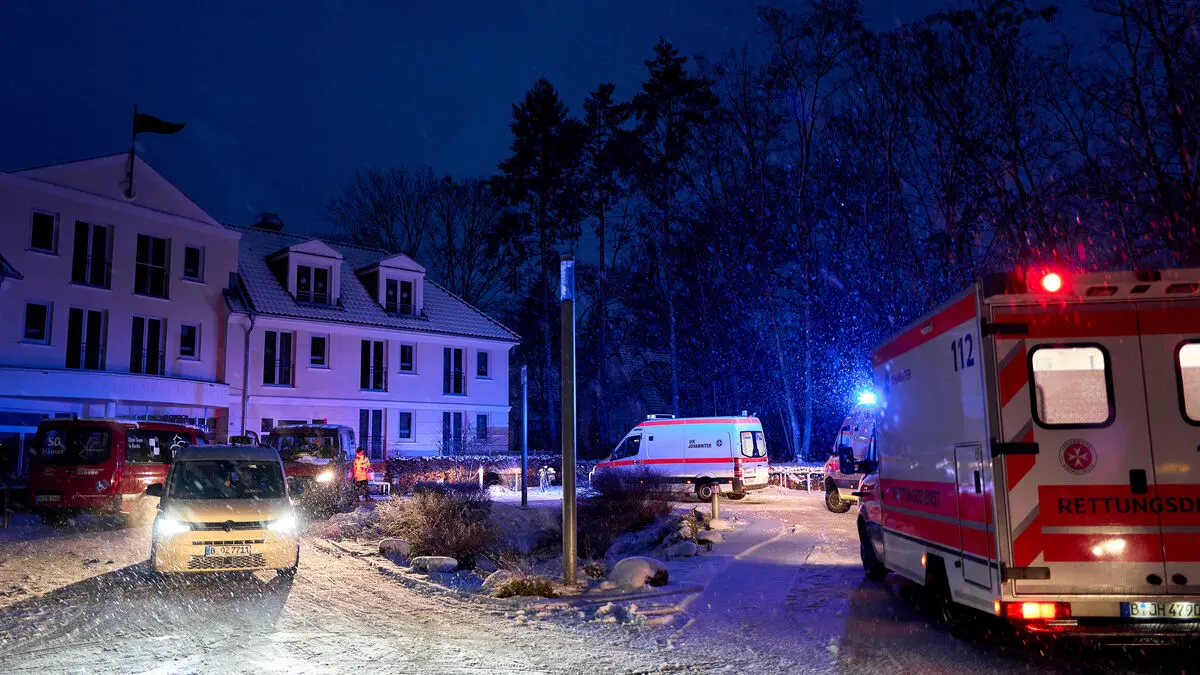With the help of models from the UN's climate panel IPCC, researchers have investigated the risk of an ice-free sea in the Arctic. It appears that it can happen faster than expected – before 2030, possibly as early as 2027.
I didn't believe it at first, but it was so clear, says Céline Heuzé, climate researcher at the University of Gothenburg and lead author of the study published in Nature Communications.
Chain of weather events
To make all ice disappear from the Arctic Ocean, a chain of weather events is required. The sea ice must be thinner than normal when autumn begins. It also requires a heat wave during the winter months that hinders the growth of new ice. Then, the ice is already so thin and fragile that a strong storm during the summer is enough to make the sea ice-free.
The individual weather events have already occurred several times, but not in sequence. The probability of it happening increases with climate change.
Céline Heuzé has just returned from an expedition to the North Pole and seen with her own eyes how thin the ice has become.
It was so thin that it can happen anytime now. It's just a coincidence that it hasn't happened yet, everything that's needed is there.
Increases the probability
Sea ice lies like a lid over the water, and if it disappears, the heat in the ocean increases, making it harder to freeze into ice again. This, in turn, increases the probability of extreme weather events such as storms and heavy rainfall in the Northern Hemisphere.
One day without sea ice in the Arctic may not be much, but what worries researchers is that there is a high risk that it will be the first day of many.
One day may not be dramatic. But one day becomes ten days, becomes a month. The disappearance of sea ice affects us already, says Céline Heuzé.
Can the development be reversed once the ice-free day is here?
The risk decreases if we reduce our emissions. Ideally, today.
The global warming is proceeding about four times faster in the Arctic than in the rest of the world. It's going fastest around Svalbard.
Twenty years ago, the ice near the North Pole was on average two to three meters thick at the end of the summer melting. This year, it was only one meter on average.
The researchers' definition of an ice-free Arctic is when the sea ice area falls below 1 million square kilometers, this year it was the smallest area of 3.67 million square kilometers.





